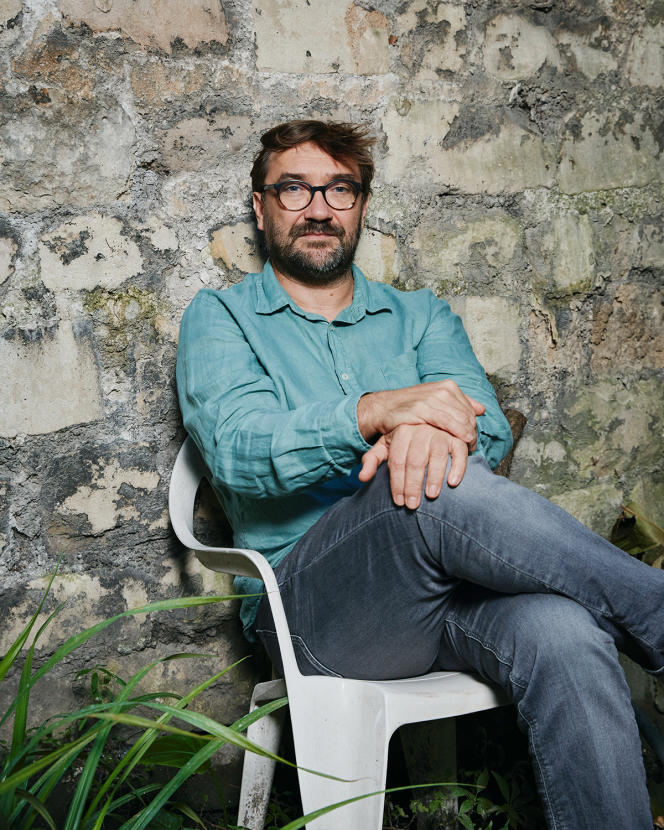Arnaud Hée was 12 years old when, in the family home in Gisors (Eure), his father, Alain, opened a chest of drawers and took out a copy of the American magazine life dated September 4, 1944. Inside was the photo of a woman shorn and exhibited in the streets of Chartres, August 16, 1944, just after the liberation of the city. She was carrying a baby in her arms whose father was a German soldier. The photo was signed by Robert Capa. In the following decades he would illustrate the ignominy of savage purification. The woman’s name was Simone Touseau. “It was she who denounced your grandfather”, Alain said.
The grandfather was Didier Hée, who died in 1986, two years earlier. He was arrested on February 24, 1943 among five neighbors of the Touseau family, accused by informers of following the BBC. Their fault, in fact, was to displease the Touseaus, who were feasting before their eyes with the Germans, and to have notably criticized the girl, Simone, who was paid as a translator for the occupation troops, before leaving to work voluntarily in Germany. A pure collaborator, from the start and by conviction, to the point of having joined the French Popular Party, the fascist formation of Jacques Doriot.
Four of these denounced neighbors had been deported. Didier Hée was sent by sealed train to Mauthausen and from there to Loïbl, in a kommando (group of prisoners of war) responsible for building in inhumane conditions a tunnel linking Austria to Slovenia. Number 26952 and another deportee had returned from the camps. Two victims of the denunciation were not so lucky, including Edouard Babouin, who had the imprudence to tell the Touseaus that he preferred the English to the Germans, which caused him to end up gassed on July 31, 1944.
A “falsification” of history
When, in August, he learned of the publication, by JC Lattès, of You don’t know anything about me, novel by Julie Héraclès on the story of Simone Touseau, Arnaud Hée, now 47 years old and working in the world of cinema, bought the book, where he found this same photo of Capa as a banner.
When he read it, he felt like his story was being stolen. “I gradually moved from anger to indignation, he explains. I was revolted by the way in which the author stitches together the true and the false with the intention of clearing Simone Touseau of any responsibility. Fiction is not a problem in itself, except when it becomes falsification. » Julie Héraclès claims the large part left to invention. “I took a lot of liberties with the historical truth”, she explained in August to World.
You have 53.86% of this article left to read. The rest is reserved for subscribers.
